Tying or being tied semenawa-style is quite popular in today’s Japanese inspired rope scene. Semenawa is often understood as ‘torturous rope’, but is a context-dependent and nuanced term that can be understood in a variety of ways. Some popular understandings of semenawa that I found after a brief scrolling session on the kinbaku-minded-internet were: “[…] giving more than enough” (Wildties) (4), “[…] going out of your personal comfort zone, coming close to your limits, dancing on the edge” (Natasha Nawataneko) (4), “[…] that need for surrender regardless of who ties and who is tied” (Wildties) (4), “[…] no choice but to endure” (Yukimura) (1), “[…] to break down inhibitions and expose what lay deep behind the ‘walls of protection’ that we tend to build around us” (ReikaKinbaku) (3) and “[…] particularly suited to those qualities you potentially find more easily in a mature heart” (RedSabbath) (2).
What I could not find during my brief internet scroll was a perspective on semenawa by RopeMarks. Luckily, I don’t have to Google when it comes to getting answers from RopeMarks. I can simply ask him. So that’s what I did. My never ending questions – and his endless answers – resulted in a two-hour conversation on semenawa, what it is and what it is not, on the impact of commercialization and on the importance of seeing semenawa as relational. You can read the most interesting bits of our conversation below, re-written and edited by yours truly. In the first part, we talk about what semenawa is not and about the impact of commercialization. In the second part, we talk about different misunderstandings of semenawa and about whether semenawa can be equated to ‘hardcore’ rope. In the third and last part, we switch roles: RopeMarks also asks the Shady Lady questions about her views on semenawa.
Part 1/3
the Shady Lady: Semenawa is a highly context-dependent concept, and I am not that interested in formulating definitions on what ‘it’ exactly is. That’s why I want to start by asking the opposite question: what do you think semenawa is not?
RopeMarks: That’s a good one! To start off, I want to say that semenawa is a concept that I simply see as part of the “toolbox” that I am working with. I am quite active in the European rope scene but my main inspiration is Japanese rope by Japanese riggers and that his given me some views on semenawa that I think are worthwhile to share.
My most pressing – and often overlooked – perspective on semenawa is that it is not a Western concept. It is a Japanese concept, and since context is very important in the Japanese language, I would question Japanese people on semenawa. I would like to learn from multiple people, and not from just one. What is semenawa to them in the context of shibari and kinbaku? They probably have a feeling with the word that I can never have, and they might not be able to get it across to me. Europeans can only do an interpretation based on their own limited frame of thinking, which will always skew their perception.
These days Japan is more open to contact with Westerners compared to when I started with Japanese rope. But that does not mean that we as Western people can now understand what and how Japanese people feel and experience. There are cultural differences between our modes of perception, our language and our system of interpreting the world. Some Western people think that they know and understand everything about Japan and Japanese rope, because they read a blogpost about it once. They hit the top of the iceberg, chisel a small part off that top and make strong claims based on that. I think this is mainly Western ego’s talking, which I do not like. I prefer to stay humble and open about claiming to understand what semenawa is.
Another shibari term that Westerners try to understand in similar ways to semenawa is haji (恥). This roughly translates to something like shyness, embarrassment or shame. But again, this concept is almost untranslatable to English. If Western people start to use it, they will mostly just copy it without truly understanding it. Haji is a lot more than shame: it is almost a way of life deeply embedded in Japanese culture, far beyond kinbaku (or shibari) alone.
If I tie you [the Shady Lady] up, and we walk around at a kink party, I know you actually feel a sense of vulnerability and shyness. This might also come close to your general personality or sensitivity, but it radiates from your face as we walk around. In that case, maybe, you get more into the direction of haji. But still, I think, haji is not something that you (or me) can truly understand. It can come more or less close to your natural expression and experience in rope, but you cannot (and I think should not) try to feel it. That’s what can happen when people see in a workshop or on social media that rope makes you feel shameful.
Another point I want to make is that semenawa consists of two characters (in Kanji): seme (責) and nawa (縄). The seme is dependent on the person being tied and can therefore never be a technique that can be copied and pasted onto people. Models who are very sensitive or less experienced might need a lot less stimulation, where models who are less sensitive or more experienced might need a lot more stimulation for seme. I also strongly believe that seme (without nawa) can just as much be felt when bound by heavy rubber, by metal or by handcuffs. In that sense, I do not think seme is specific to kinbaku, but that it can be part of an experience in other strands of BDSM and bondage as well.
the Shady Lady: Why do you think Western people practicing Japanese inspired rope are so interested in semenawa: in understanding what it means, and in incorporating it in the way they do rope?
RopeMarks: Yes, that question points to another thing which I think semenawa is not. Semenawa is not the thing I see being pushed right now by rope workshops. Many people are appropriating the term and commercializing it because it somehow appeals to their minds and wishes in rope. That’s why it helps to sell for instance more workshops. People – both riggers and models – like to be told what to do. They generally like to receive concrete step by step plans on how to tie and how to be in rope. Emotional and physical pain are being pushed as the driving factor behind semenawa, but I don’t think that’s what it is. I tend to think that it is something more advanced than that. It is a mental and physical experience. But the nuances of semenawa are all dependent on the model, and more importantly, on the connection between the model and the rigger. Semenawa is not some tie or technique, applied to a model. If that was true, it would mean that all models would react in very similar ways to a few ties or techniques.
the Shady Lady: Let’s talk more about the commercialization of semenawa. Can you be more precise on what you think the problem with commercialization is?
RopeMarks: I am a commercial rigger myself. I make money from teaching workshops on kinbaku, from doing performances and a lot more. So, it would be hypocritical to claim that all commercialization of rope is bad. I do however see a clear difference between hardcore commercializing Japanese rope or commercially sharing your own practice. It is fair to ask for money: I spend a lot of my time, money and energy in practicing and learning kinbaku, so it is fair to ask for money when teaching or performing or other things. But, I always try to ask for reasonable amounts, based on my experience and my own training. I also try to be realistic about what I know and what the limits of my knowledge are.
Nowadays, people who want to start rope tumble into an over-commercialized rope world. People who shout the loudest on the internet and do the most marketing can achieve a lot. Terms like kinbaku, shibari and semenawa are misused to take money from people. Perhaps the problem is not necessarily commercialization but the lack of regulation on what can and cannot be commercialized. People get a shitload of misinformation, which they copy without doing their own research and without being critical about the presented information and techniques. I think that’s very problematic. Also, Japanese teachers, who you pay for a workshop, will tell you exactly what you want to hear, because you are their customer, this is in their culture.
One example of misinformation that I have encountered more than once is that some Western people believe that Japanese rope is an art form. It is not. In its essence, it is (in Western terms) BDSM or porn or sex and it originated in the Japanese sex industry. Of course, you can make very artistic, creative and aesthetically pleasing pornography, but those are side tracks from what you take from the source. Google kinbaku (緊縛) and semenawa ( 責縄) in kanji, and you will get completely different results than in English. You will mainly find porn. Of course, you are free to do what you want with rope, but you are not free to claim that Japanese rope is originally an art form. You would be denying and erasing the historical context of what you are doing, which I again find problematic.
Stay tuned for part two!
Part 1 | Part 2 | Part 3 | Semenawa on RopeMarks | the Shady Lady | RopeMarks
Translations
Update #1: I’ve noticed that after this interview there has been some discussion on the topic of semenawa. I don’t know if these where triggered by this interview or it was accidentally timed just right. In either case, it doesn’t matter much, but people I hold knowledgeable on the topic of Japan, Japanese language and Japanese bondage have come with articles on the topic. I want to add these to this interview to provide a broader view on “semenawa”.
- Nuit de Tokyo, “Random boring and worthless thoughts on “seme”, the word.”
- (1) https://www.kinbakutoday.com/aibunawa-and-semenawa-pleasure-and-endurance/
- (2) https://www.kinbakutoday.com/the-value-of-a-mature-heart-in-semenawa/
- (3) https://www.reika-kinbaku.net/post/seme-in-japan-and-kinbaku
- (4) https://discoverkinbaku.com/en/the-power-of-surrender-some-thoughts-on-semenawa-from-a-bottom-perspective/

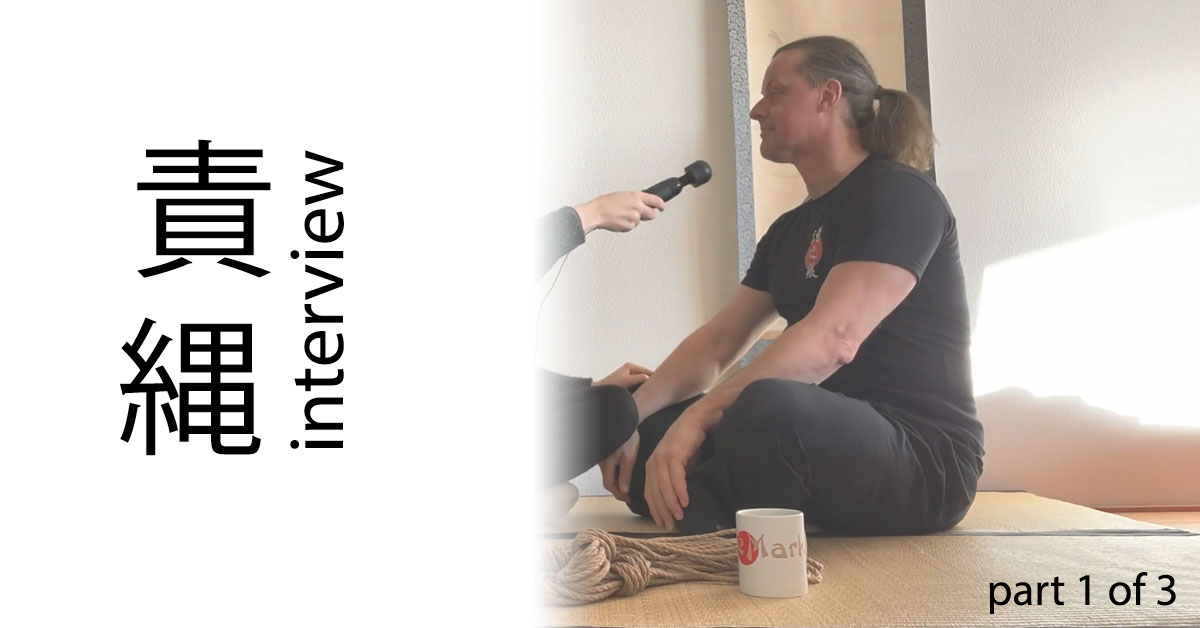

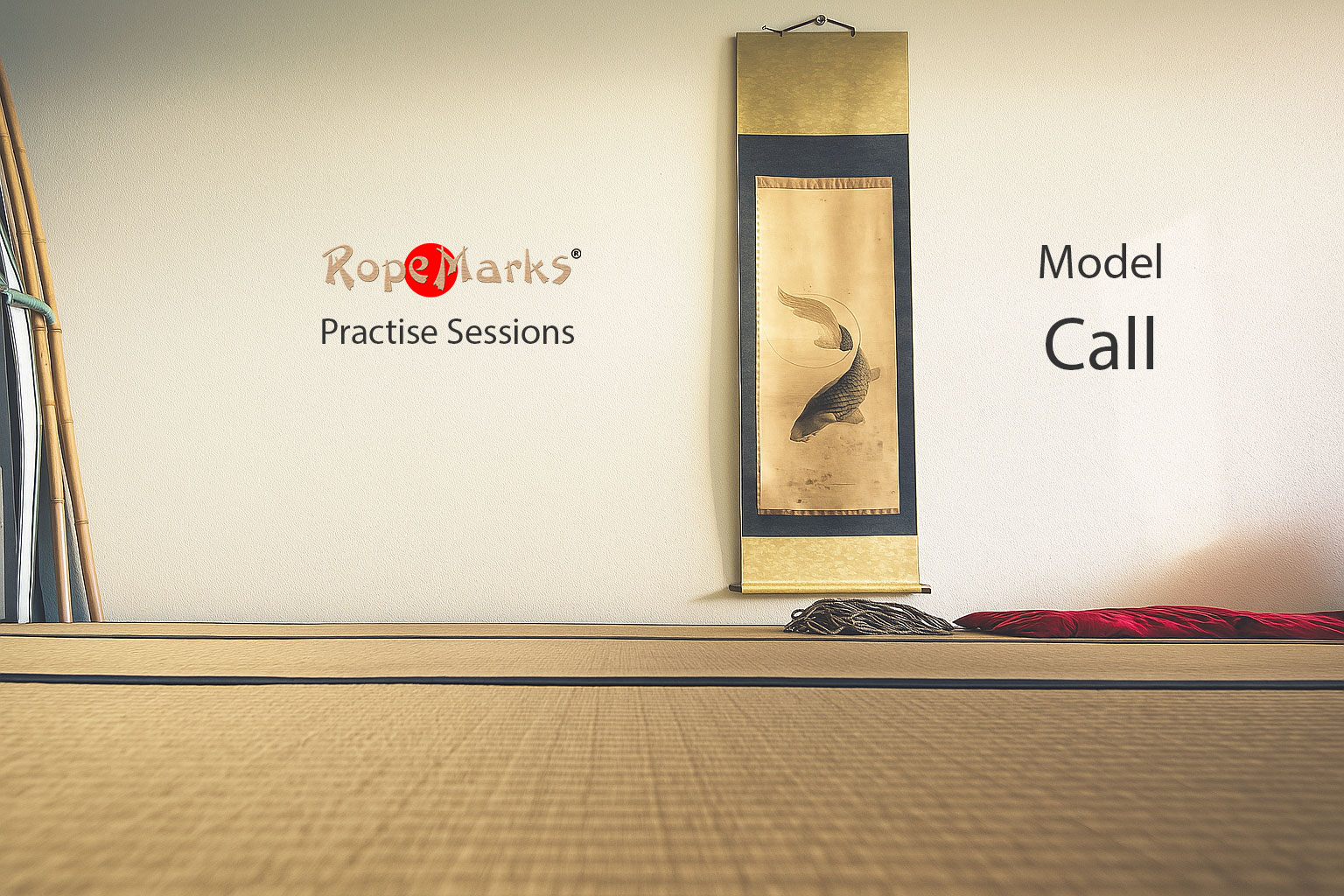
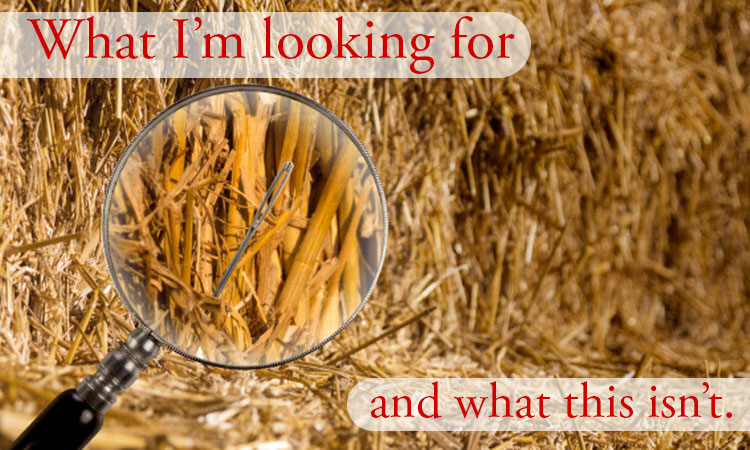
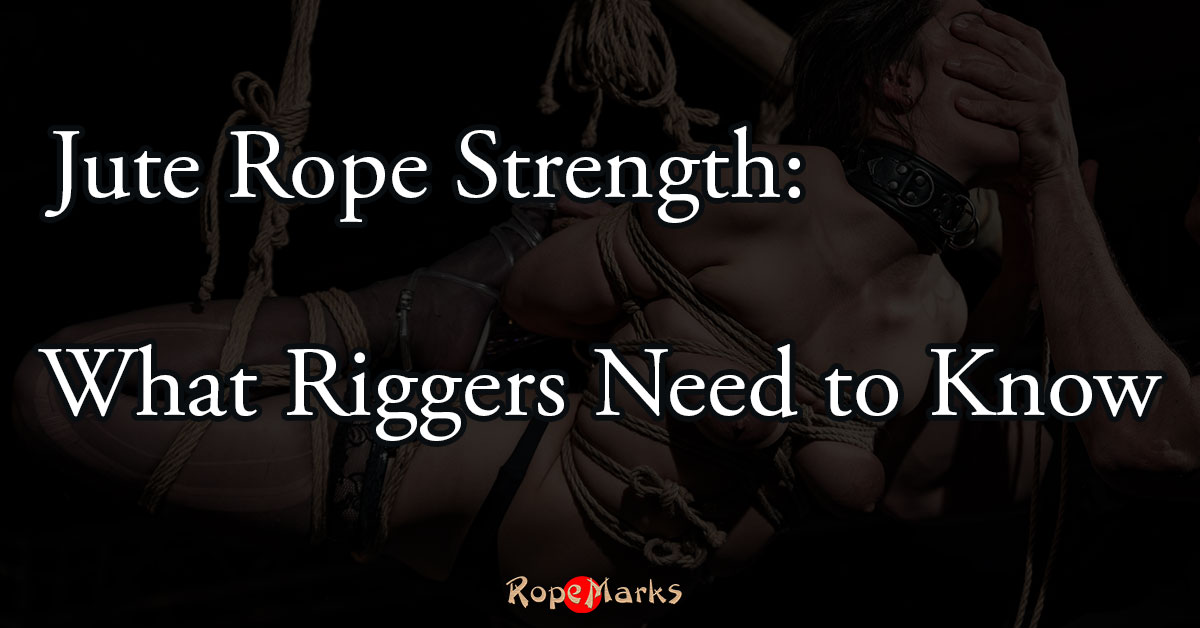
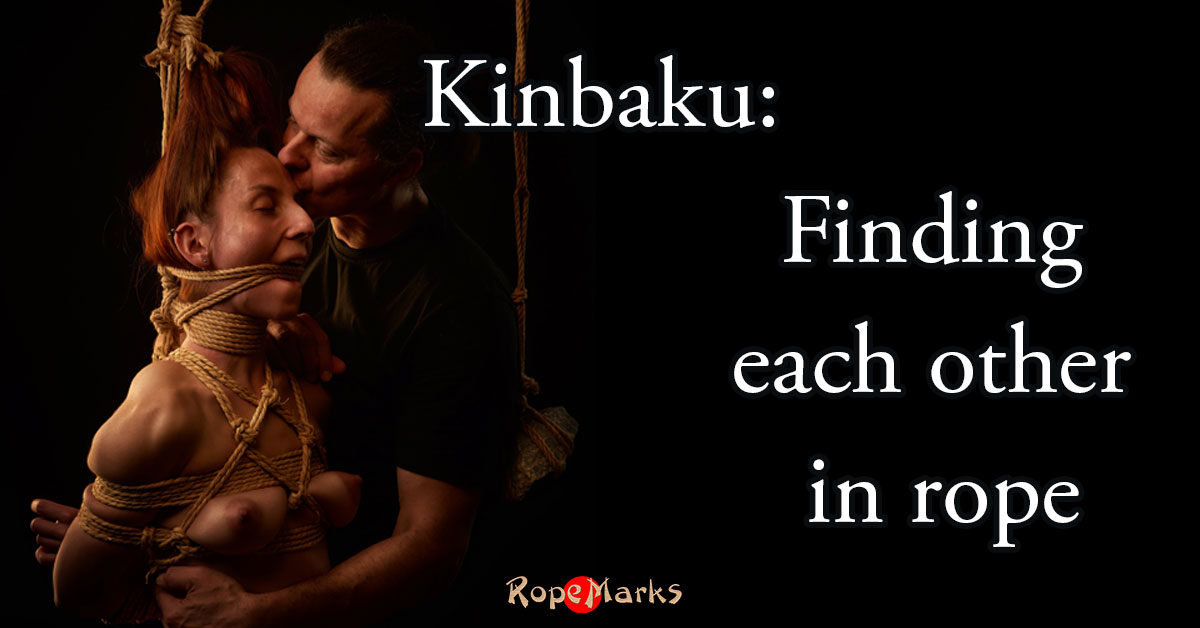





Brilliant interview! I truly appreciated the discussion of seme and I definitely have a better understanding of what is meant by haji and shame feels really wide of the mark.
Thank you, that makes me happy! I hope the second and third part can give you more insights